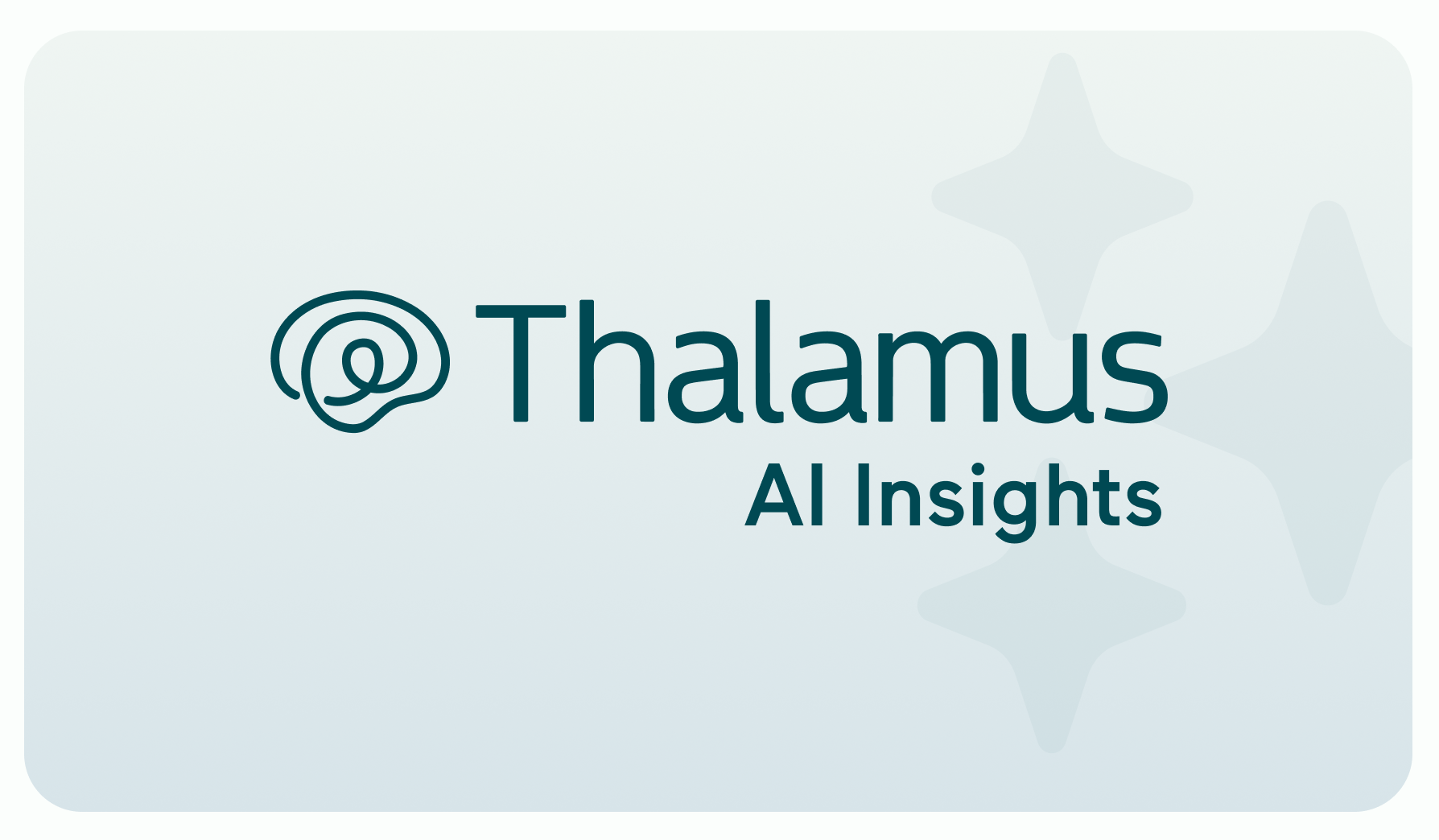Comprehensive GME Recruitment for Applicants and Programs
Streamline your virtual, in-person, or hybrid interview management with the most trusted platform in medical education.






















For over a decade, Thalamus has been the premier interview management software for applicants and programs.
Trusted by Over 8,000 Residency and Fellowship Programs
Join over 800 academic institutions and health systems and optimize your recruitment with Thalamus.
5M+
450K+
100M+
The Most Comprehensive GME Interview Management Software
Streamline your entire interview process. Thalamus's Core scheduling software provides comprehensive interview management that allows programs to manage their entire recruitment process using a real-time scheduling system. Program coordinators get more time back to focus on recruitment season and interact with applicants and program leadership. Applicants can self-schedule, instantaneously confirm interview dates and take full control of their schedules.
Advanced Scheduling
- Programs and applicants can manage their entire interview seasons through a centralized calendar - online and mobile
- Applicant self-scheduling with program oversight provides optimal filling of interview events

Thalamus Holistic Review™ Scoring and Ranking
- Harness best-in-class, customizable competency-based scoring for comprehensive applicant assessment based on your program's needs.
- Optimize ranking with drag and drop reordering.Support top candidate matches with streamlined data exports of multiple rank lists.

Waitlist Management
Create dynamic ordered or pooled waitlists to maximize completed interviews

Data & Reporting
Instantly create reports for GME tracking and oversight. Never build another report by hand.

Itinerary Builder
Easily build applicant and faculty schedules specific to your program’s interview day agenda

Face Sheets & Print Pages
Visualize key applicant data and build custom interview day reports, face sheets and baseball cards. Eliminate bias through screening options to blind applicants information.

More Than Just Superior Scheduling
Enhance your interview process with our powerful add-ons.






Built for GME, by GME
Whether you're a program coordinator, program director, DIO/GME director, applicant or specialty organization, Thalamus is tailored to meet your needs built by a grassroots collaboration of individuals passionate about GME.
Built for You
Whether you're a Program Coordinator, Program Director, GME/DIO, Specialty Organization, or Applicant, Thalamus is tailored to your needs.
GME Directors & DIOs
Leveraging advanced data and analytics capabilities, we provide comprehensive solutions to optimize an institution's match.







Residency Programs
Industry-specific software fully geared for the UME-to-GME transition.





Fellowship Programs
Streamline application reviews and interview management for fellowship programs of all sizes.




Explore our latest insights and updates.







Learn how Thalamus AI Insights identifies academic career interest in personal statements to support fair, consistent, and equitable application review.



























